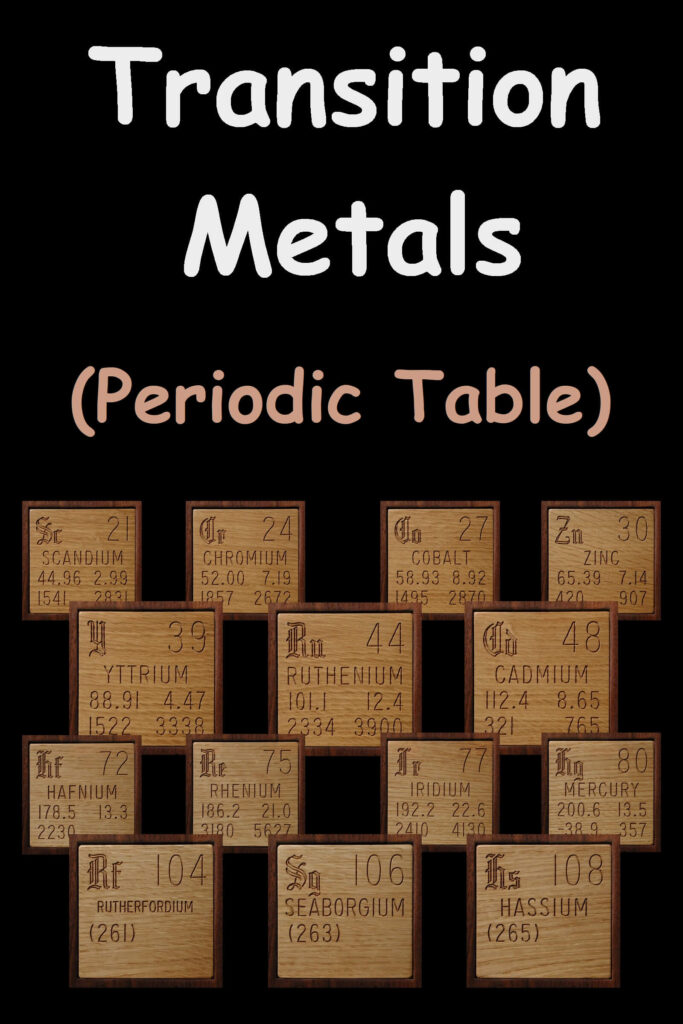92 Np Neptunium
Appearance: Silvery metallic
Mass number: 237
Atomic weigth: 237.0482 g/mol
Atomic number (Z): 93
Electrons: 93
Protons: 93
Neutrons: 146
Period: 7
Block: f
Element category: Actinide
Electrons per shell: K2, L8, M18, N32, O22, P9, Q2
Electron configuration: 1s22s22p63s23p63d104s24p64d105s25p64f145d106s26p65f46d1 7s2
Phase: Solid
Melting point: 912±3 K (639±3 oC)
Boiling point: 4447 K (4174 oC)
Density: 20.45 g/cm3
Half Life (s): 6766×1010
Lifetime (s): 9761×1010
Decay mode: α decay
Neutron cross section (Barns): 180
Heat of fusion: 5.19 kJ/mol
Heat of vaporization: 336 kJ/mol
Molar heat capacity: 29.46 J/(mol∙K)
Molar volume: 0.000011589 m3/mol
Thermal conductivity (W/m*K): 6
Oxidation states: 7, 6, 5, 4, 3, 2
Electronegativity: Pauling scale: 1.36
Ionization energies: 1st: 604.5 kJ/mol
Atomic radius: empirical: 155 pm
Covalent radius: 190±1 pm
Crystal structure: Orthorhombic
Grid parameters: a=6.663, b=4.723, c=4.887
Thermal conductivity: 6.3 W/(m∙k)
Electrical conductivity: 830000 s/m
Electrical resistivity: 1.220 μΩ∙m
Magnetic ordering: Paramagnetic
CAS Number: 7439-99-8
Naming: After planet Neptune
Discovery: Edwin McMillan and Philip H. Abelson (1940)
Isotopes: 235Np 236Np 237Np 239Np
Uses: Neptunium is little used outside research. The isotope neptunium-237 has been used in neutron detectors.
Biological role: It is toxic due to its radioactivity.
Natural abundance: Neptunium is obtained as a by-product from nuclear reactors. It is extracted from the spent uranium fuel rods.
#Neptunium


